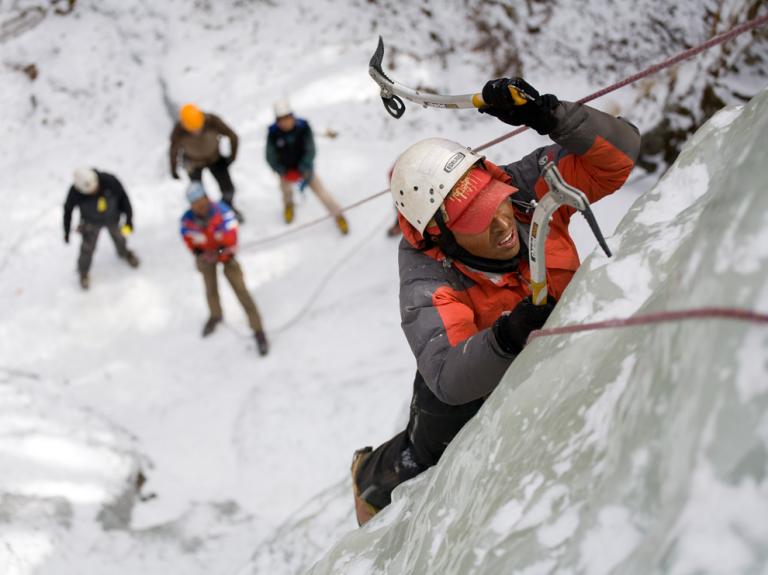Located in Phortse, Nepal, a few days’ trekking from Lukla, the Khumbu Climbing Center (KCC) provides Sherpas with top-notch mountaineering training. Their teachers are some of the world’s most famous climbers—Conrad Anker, Pete Athans, Jon Krakauer, Jimmy Chin, Renan Ozturk, and Cory Richards. Since its first course of 34 students in 2003, more than 700 Sherpas have attended—and 26 are now qualified to teach.

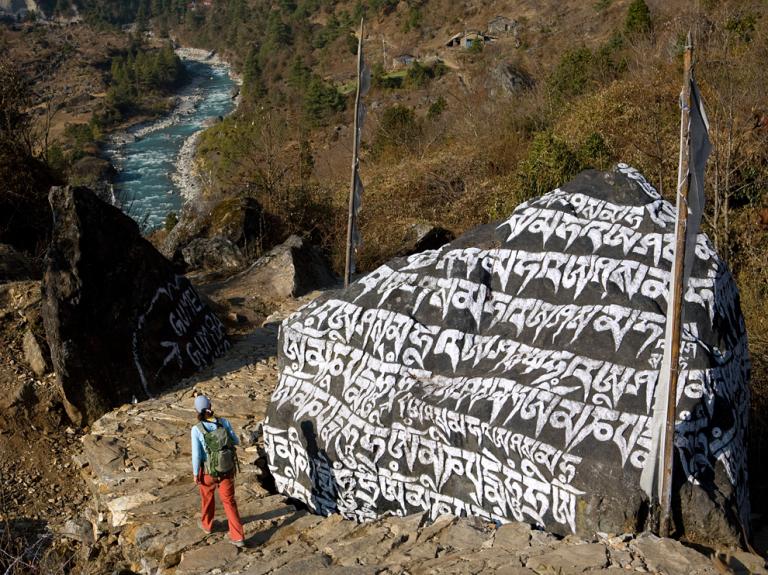


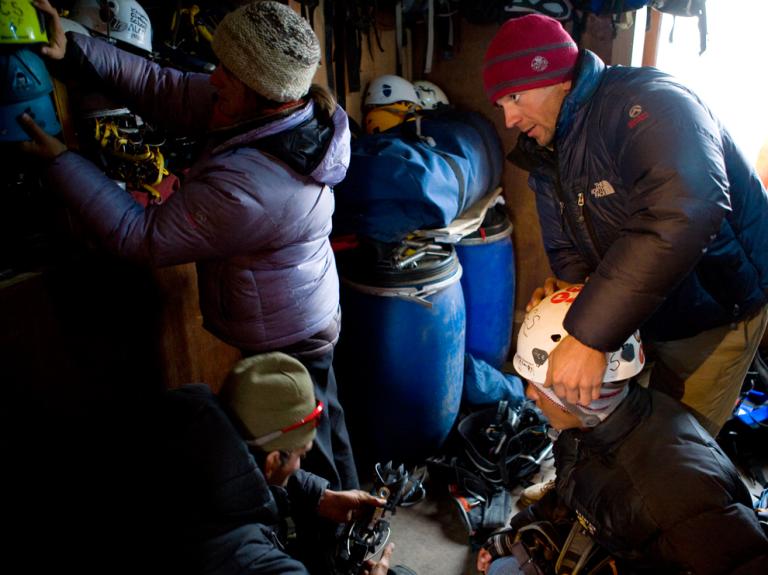

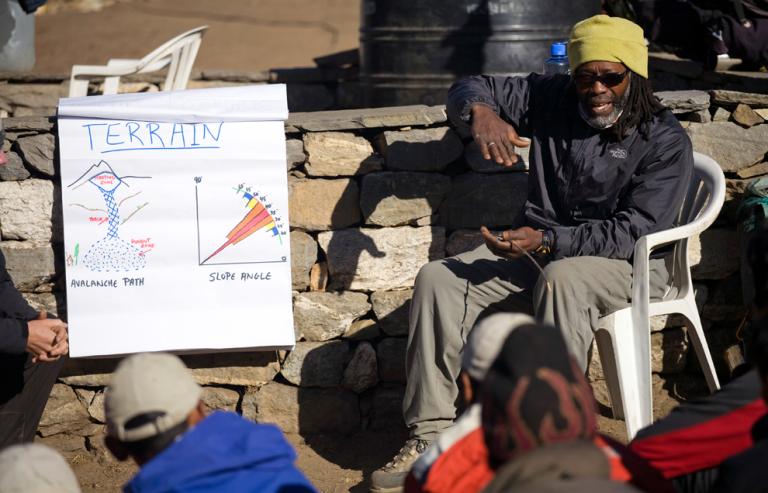
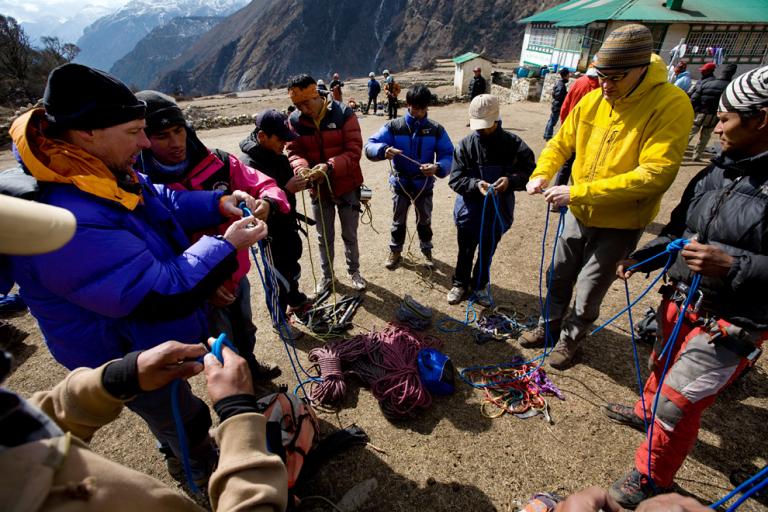
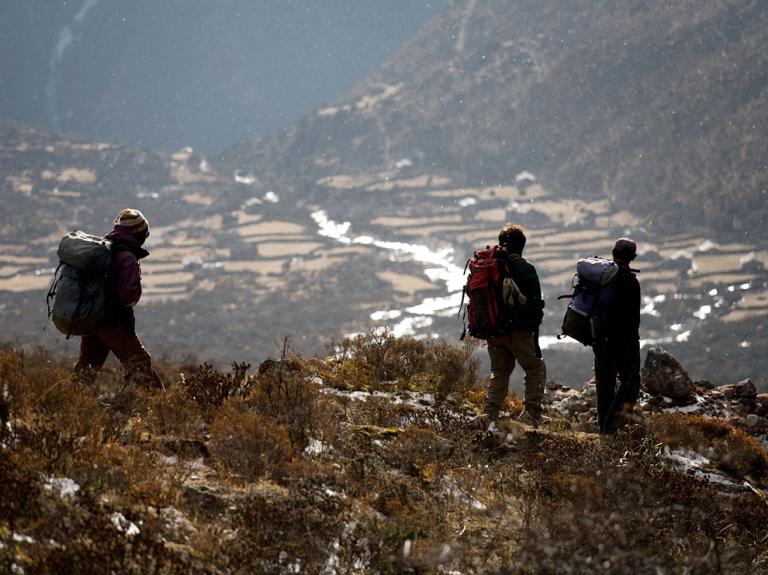



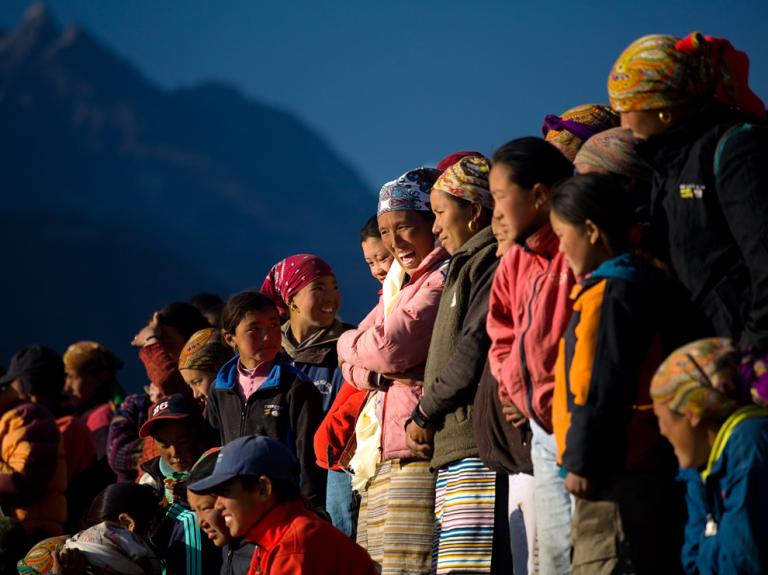
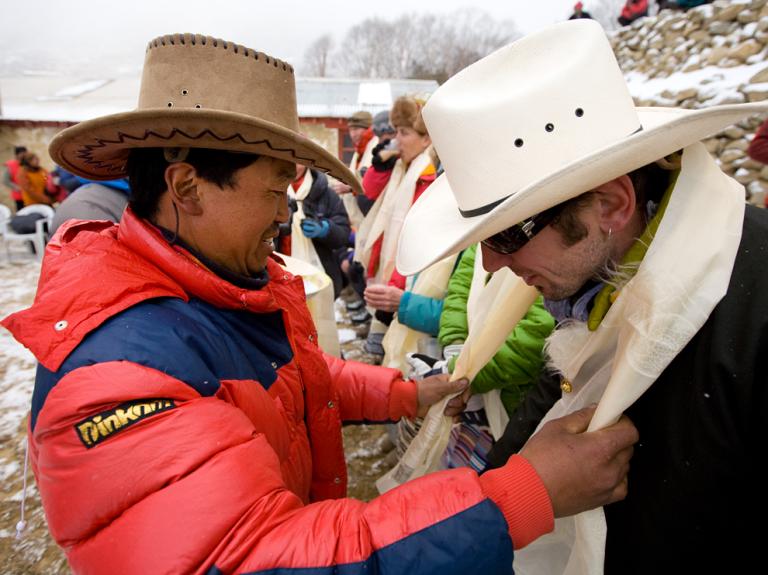
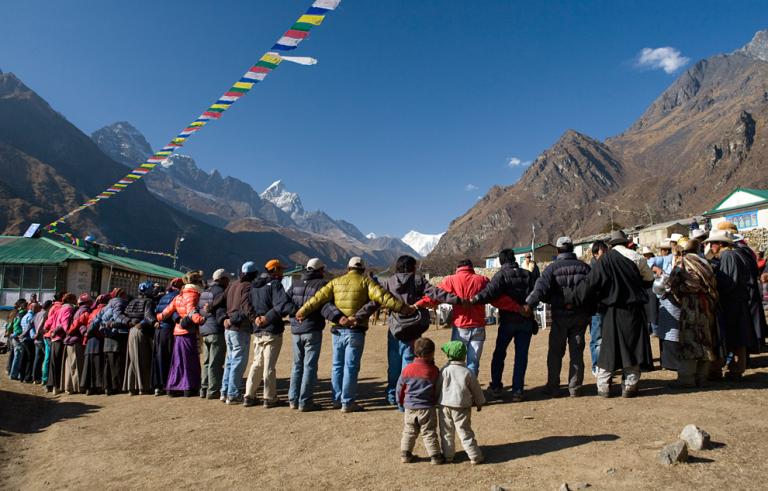
Photo by Lincoln Else

